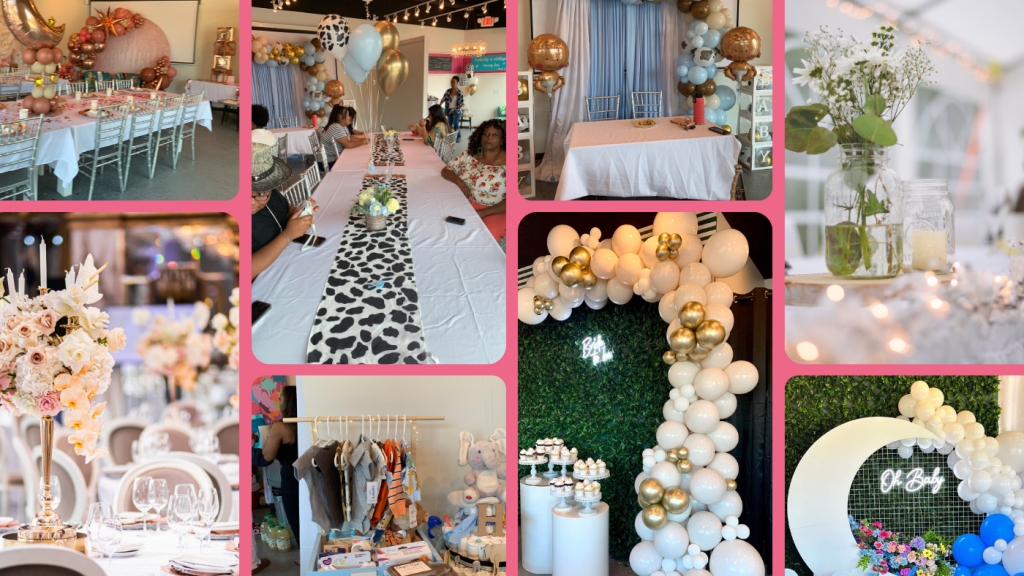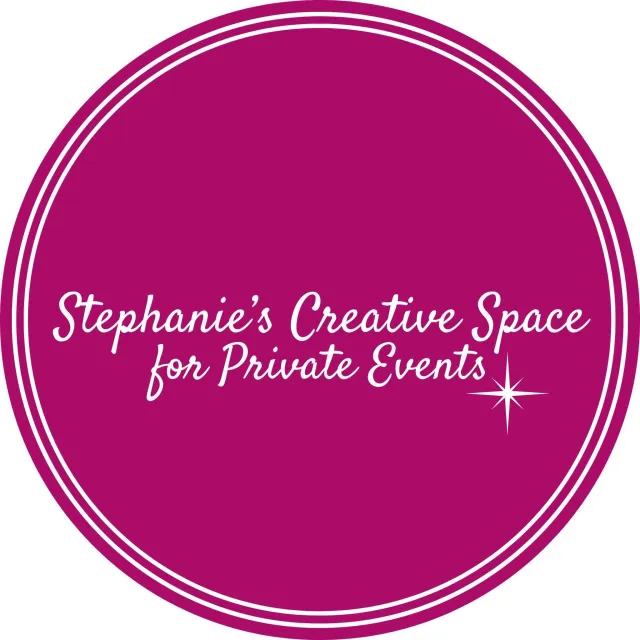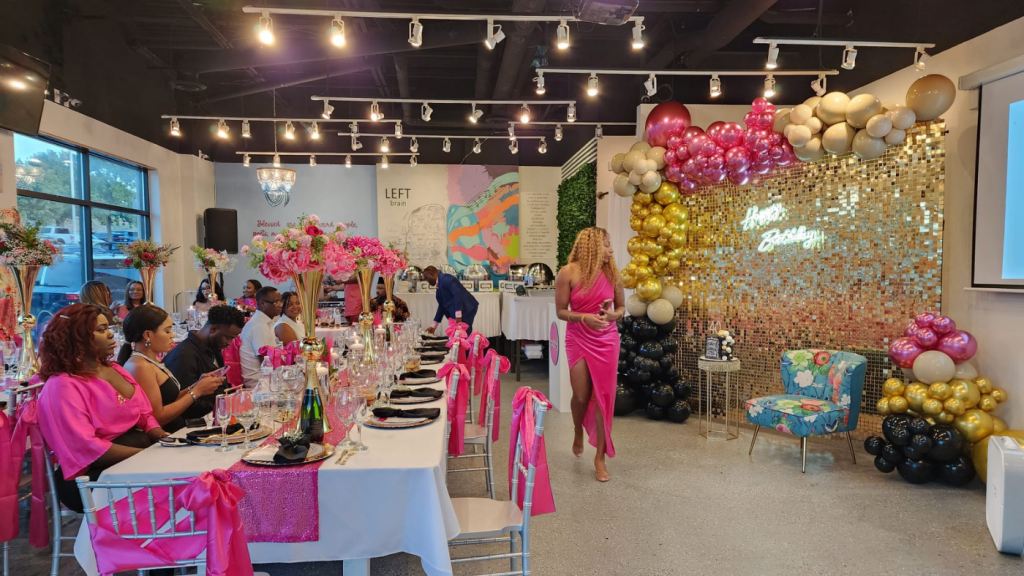In the fast-paced world of event organizing, memorable experiences are largely dependent on the way the event venue is designed. The design of event spaces is changing as we enter a new era, with creative concepts that seek to enthrall guests and improve the atmosphere overall. These are the main trends in event space design that are influencing the business, whether you’re an event management trying to stay on top of things or an organizer looking for ideas.
1. Sustainable Design for Eco-Friendly Event Space
Living sustainably isn’t just a trendy term anymore; it’s a way of life, and that lifestyle extends even to the world of event space design. The move towards eco-friendly practices is transforming everything from the way we decorate to the materials we use in construction. You’ll find features like green walls, repurposed furniture, and energy-efficient lighting becoming regular fixtures in event spaces that are dedicated to lessening their impact on the environment. This isn’t just about following a global trend toward sustainability; it’s also about connecting with a growing community of individuals who care deeply about the environment when it comes to hosting or attending events.
2. Discover the Vibrancy of Lively Color Palettes
Enter a world where extravagant event designs are leaving behind convention and embracing an array of vivid, eye-catching colors that stimulate the senses. Vibrant color schemes are becoming a great tool for event planners to evoke strong feelings and produce one-of-a-kind experiences. Bright colors are infused with energy to create a dynamic event experience that evokes genuine emotional responses from each and every visitor.
3. Crafting Memorable Moments through Event Details

In the realm of evolving event design, there’s a rising trend that revolves around creating moments that leave a lasting impact. Event planners, eternal seekers of innovative ways to captivate their guests, are discovering the art of making bold statements through even the tiniest details. It’s all about transforming the mundane, injecting a spark of uniqueness, and turning ordinary elements into extraordinary, interactive experiences.
- Imagine turning a standard bar service into a captivating, mixologist-led libation journey, stealing the spotlight with every pour.
- Picture a table centerpiece evolving into an interactive, Jenga-inspired gaming sensation, adding a layer of fun and engagement to your event.
- Visualize a seemingly tucked-away photo booth transformed into a stage-worthy video selfie experience, letting guests shine in their spotlight moment.
In the world of events, it’s the thoughtful transformation of details that creates the magic, making each element not just a part of the event but a statement in itself.
4. Flexible and Modular Layouts for Versatility
There is no longer a one-size-fits-all approach to event space layouts. Organizers are increasingly looking for modular and flexible designs that can adapt to different event formats. There is a high demand for spaces that can seamlessly transition from a conference setup to a cocktail party or networking event. Diverse event requirements provide convenience and added value to organizers as well as attendees.
5. Immersive Technologies for Enhanced Experiences
Event venues are using immersive technologies to create unique experiences in this technological age. Events are starting to use components of virtual reality (VR) and augmented reality (AR) to take spectators to new places or improve their interaction with the event material. Immersion technology, such as holographic projections and interactive displays, gives event venues a futuristic feel and helps them stand out in a crowded market.
6. Biophilic Design for a Connection with Nature
The emphasis on connecting with nature in biophilic design is becoming more and more popular in event venue design. A pleasant and relaxing atmosphere is created by using natural elements like plants, water features, and natural light in addition to improving the aesthetic appeal. Biophilic event settings produce a more peaceful atmosphere that encourages participants’ sense of connectedness and well-being.
7. Inclusive Design for Accessibility and Diversity
It’s important to keep in mind that inclusivity is a key factor when designing event spaces, and it is necessary to design spaces that are welcoming and accessible to people of all abilities and backgrounds. An example of this would be including features such as ramps, elevators, and accessible seating options in the building. Additionally, event spaces are developing diverse and culturally inclusive designs to reflect the global nature of events and the diversity of cultures. Designing for diversity adds a layer of richness and inclusivity that resonates with a broad range of event attendees because it adds a layer of richness and inclusivity.
Stephanie’s Creative Space- Where Dreams Become Extraordinary
Stephanie’s Creative Space is not just a venue; it’s a partner in the creation of unforgettable moments. As the first establishment of its kind at the Harbor Rockwall and throughout the DFW metroplex, this venue embodies the spirit of innovation and adaptability. For those seeking a space where creativity knows no bounds and events are transformed into extraordinary experiences, Stephanie’s Creative Space is the destination of choice.
In conclusion, as you explore the top trends in event space design, consider how Stephanie’s Creative Space seamlessly incorporates these trends into its DNA. From sustainability and flexibility to immersive technologies and inclusivity, this venue is a testament to the evolving landscape of event spaces. Take a step beyond the ordinary and let Stephanie’s Creative Space be the canvas for your next unforgettable event.


